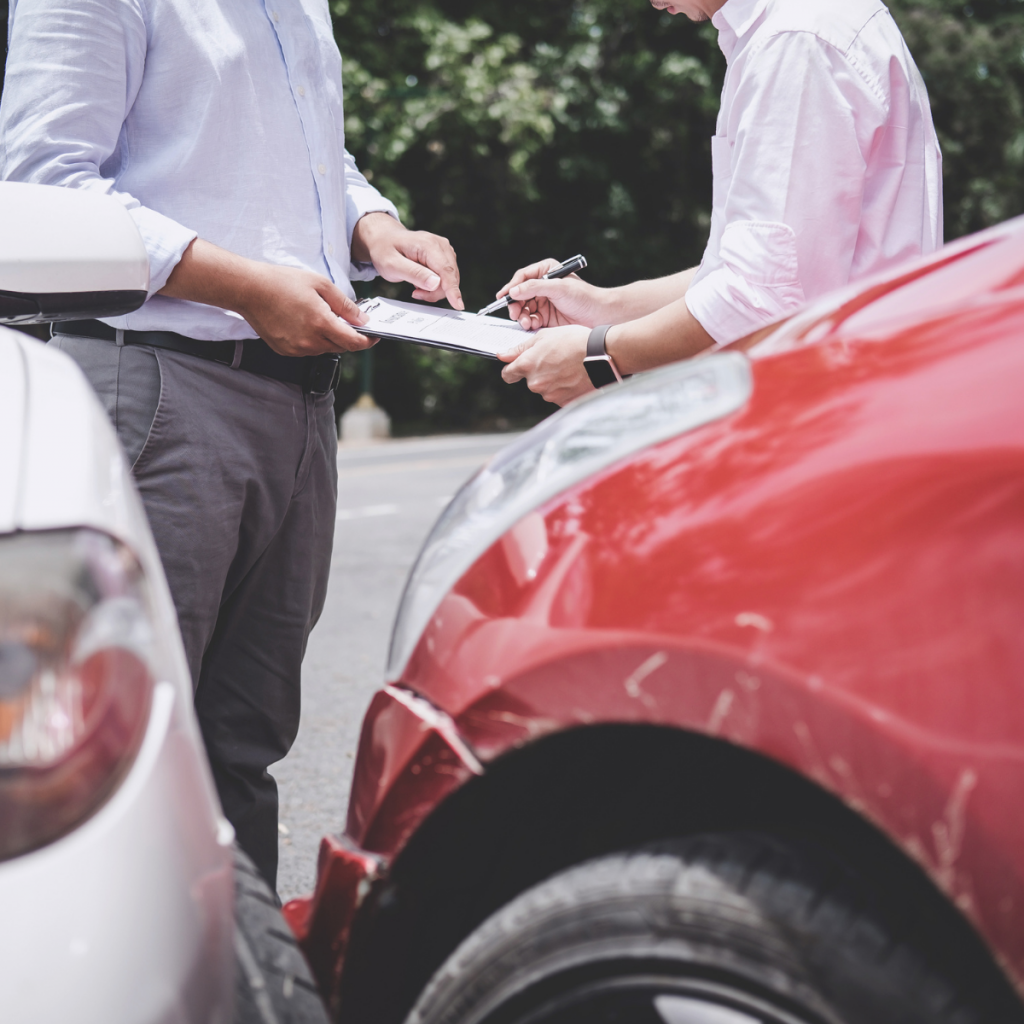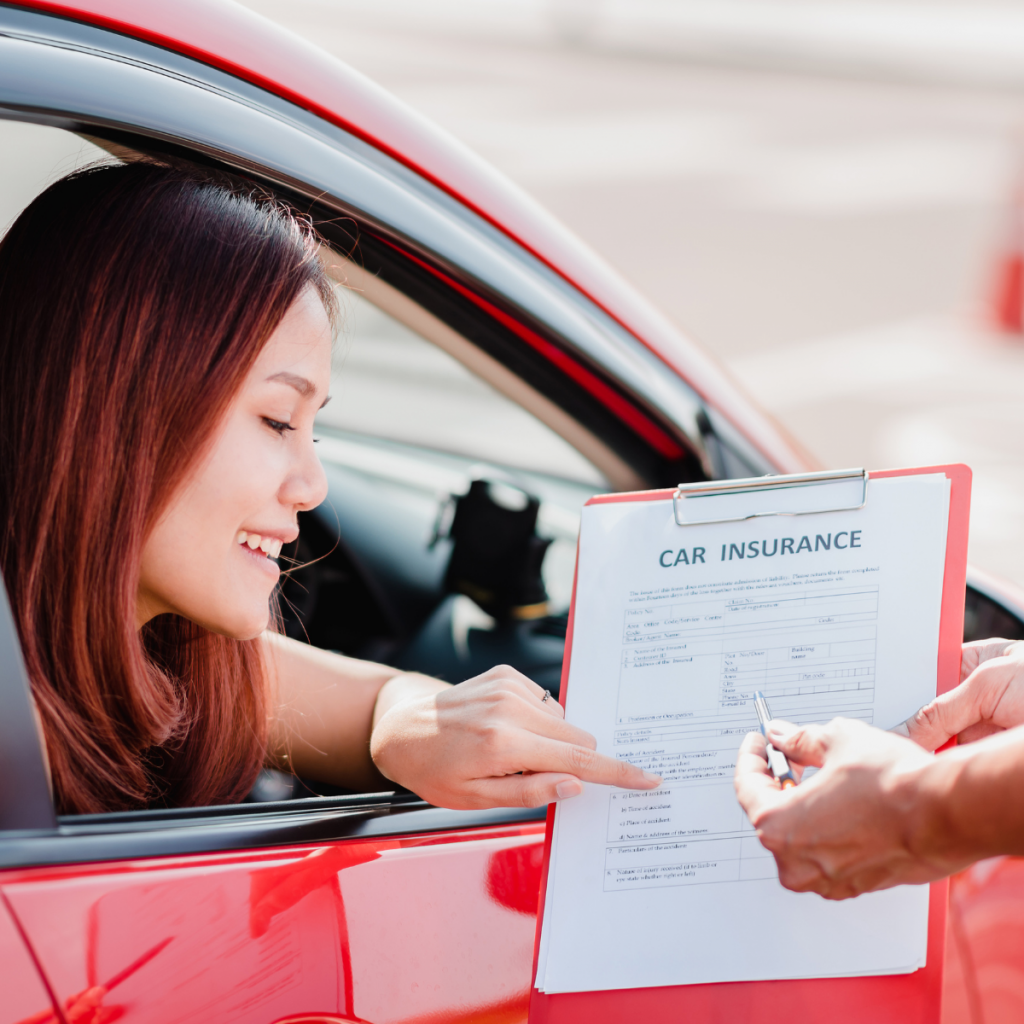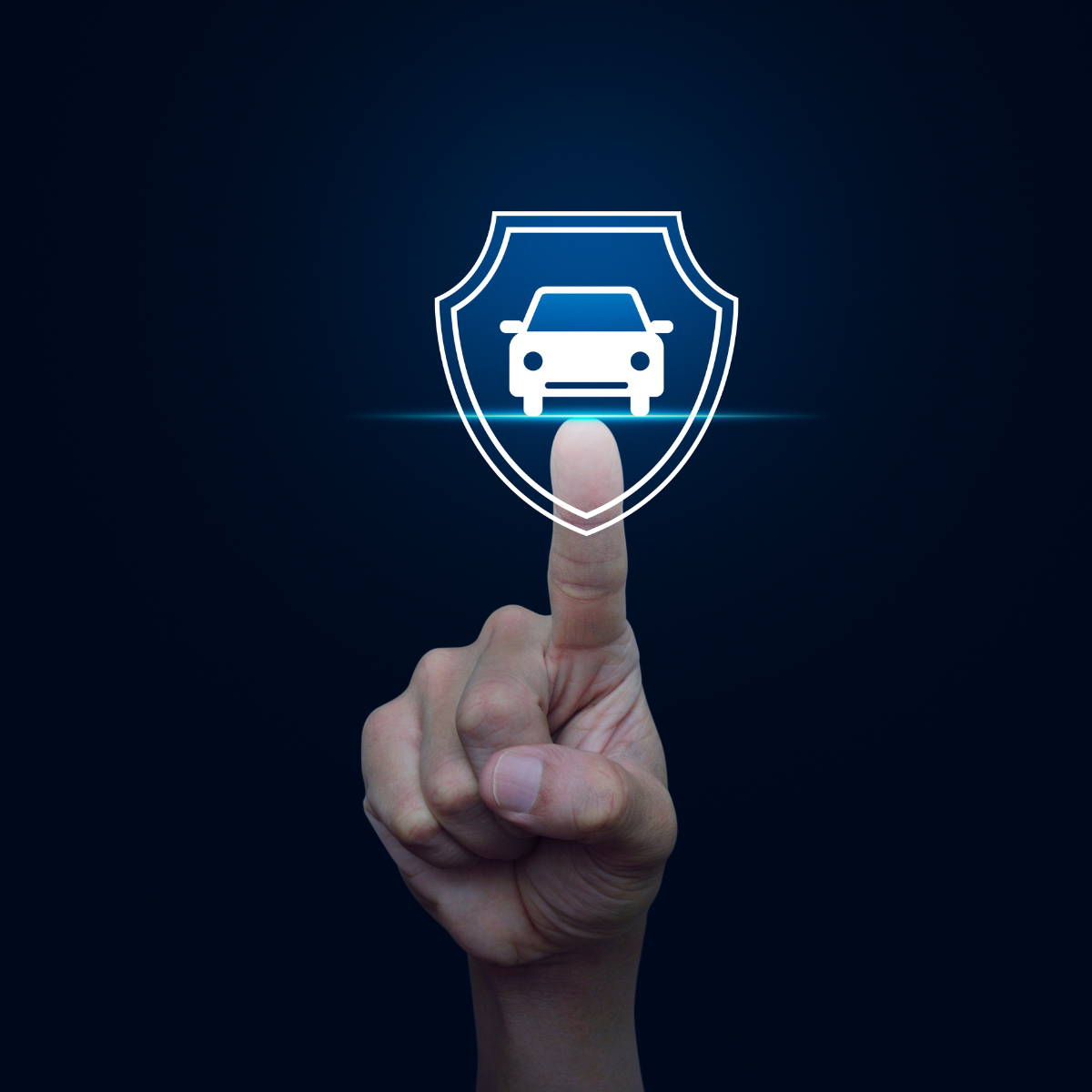Auto insurance is a vital financial protection for every car owner in the United States. Whether you’re a new driver or a seasoned motorist, understanding the various types of auto insurance coverage options can help you choose the right plan for your needs and ensure you’re adequately protected in the event of an accident. This guide breaks down the most common coverage types available in the U.S., explains why each one matters, and provides insights into how they work together to create a comprehensive insurance policy.

Why Is Auto Insurance Important?
In the U.S., auto insurance is not just recommended; it’s a legal requirement in most states. Each state has its own minimum coverage requirements, but the goal of auto insurance is to protect you from financial liability in the event of an accident. Auto insurance helps cover the costs associated with vehicle damage, medical bills, and even legal fees if you’re involved in an accident that causes harm to others.
However, while basic liability insurance may meet the minimum requirements in your state, it often doesn’t provide enough coverage for all potential costs. That’s why understanding the different types of auto insurance coverage is crucial for ensuring you’re fully protected.
Common Types of Auto Insurance Coverage
Auto insurance policies typically consist of a combination of different coverage types. Below, we explore each of these in detail, explaining what they cover and why they matter.

1. Liability Insurance (Bodily Injury and Property Damage)
Liability insurance is required in almost every state and is the most basic form of auto insurance. It covers damages and injuries you cause to others in an accident.
- Bodily Injury Liability (BI): If you’re responsible for an accident that injures another person, BI insurance will cover their medical expenses, lost wages, and even legal fees if they decide to sue.
- Property Damage Liability (PD): If you cause damage to someone else’s property, such as their car, fence, or building, PD insurance will cover the repair or replacement costs.
Why It’s Important: Liability insurance ensures you’re financially protected if you cause an accident that injures someone or damages their property. Without it, you could be on the hook for expensive medical bills or property repairs, which could be financially devastating.
2. Collision Coverage
Collision coverage helps pay for repairs to your vehicle if you’re involved in an accident, regardless of who is at fault. This coverage is especially helpful for drivers of newer cars or those who don’t want to pay out-of-pocket for vehicle repairs.
Why It’s Important: If you’re involved in an accident and your car is damaged, collision coverage will help pay for repairs or replacement. Without it, you would need to cover the costs yourself, which can be expensive.
3. Comprehensive Coverage
Comprehensive insurance covers damages to your car that aren’t caused by a collision. This includes damages from natural disasters, theft, vandalism, falling objects, and animal collisions.
Why It’s Important: Comprehensive coverage ensures you’re protected from events that may be beyond your control. If your car is stolen or damaged by a natural disaster, this coverage can help you avoid costly repairs or replacement expenses.
4. Personal Injury Protection (PIP)
Personal Injury Protection, also known as no-fault insurance, covers medical expenses for you and your passengers if you’re injured in an accident, regardless of who was at fault. It may also cover lost wages and other accident-related expenses, such as rehabilitation costs.
Why It’s Important: PIP is crucial for ensuring you and your passengers are taken care of if you’re injured in a crash. In states with no-fault laws, PIP is often mandatory and ensures that everyone involved has access to necessary medical care without having to wait for liability determination.
5. Uninsured/Underinsured Motorist Coverage
Uninsured/underinsured motorist coverage (UM/UIM) protects you if you’re involved in an accident with someone who doesn’t have enough insurance or no insurance at all. This coverage helps pay for medical bills, lost wages, and property damage that the at-fault driver’s insurance can’t cover.
Why It’s Important: This coverage is essential because it protects you from financially devastating situations where the other driver can’t afford to cover the costs of the accident. If you’re injured in a hit-and-run or by an uninsured driver, UM/UIM coverage ensures you still have a safety net.
6. Medical Payments Coverage (MedPay)
Medical Payments Coverage, or MedPay, is similar to PIP but may only cover medical expenses and funeral costs, regardless of fault. MedPay can be used to cover your medical bills or those of your passengers after an accident.
Why It’s Important: While PIP often covers a wider range of expenses, MedPay can be a valuable add-on to ensure that medical costs are covered quickly, especially if you don’t have health insurance or if your health insurance doesn’t cover accident-related injuries.
7. Gap Insurance
Gap insurance is designed for those who have financed or leased their vehicle. If your car is totaled, gap insurance will cover the difference between the car’s current market value and the remaining balance on your loan or lease.
Why It’s Important: New cars depreciate quickly, and the insurance payout from a standard policy may not be enough to pay off your loan if the car is totaled. Gap insurance ensures that you don’t end up paying out-of-pocket for a car you no longer own.
8. Towing and Labor Coverage
Towing and labor coverage can help cover the cost of towing your car to a repair shop if it breaks down or is involved in an accident. Some policies also include labor coverage for minor repairs or roadside assistance.
Why It’s Important: Roadside emergencies can happen to anyone, and having this coverage can save you from unexpected costs when your vehicle is inoperable. Whether you need a tow or a jump-start, this coverage ensures you won’t face a large bill for getting back on the road.
Factors That Affect Auto Insurance Rates
When selecting the right auto insurance coverage for your needs, it’s important to consider how different factors can impact your premiums. These include:

- Driving Record: A clean driving record often leads to lower premiums, while a history of accidents or traffic violations can increase your rates.
- Car Type: The make, model, and age of your car can affect your insurance rates. Luxury cars, sports cars, and cars with higher repair costs generally have higher premiums.
- Location: Where you live can impact your auto insurance rates. Urban areas with higher traffic density often have higher rates than rural areas.
- Age and Gender: Young drivers, especially males, tend to pay higher premiums due to their higher risk of accidents. Older drivers may see lower rates as they have more experience on the road.
- Credit Score: Many insurance companies use your credit score to assess risk. A lower credit score can result in higher premiums.
How to Choose the Right Auto Insurance Coverage
Selecting the right auto insurance coverage involves evaluating your needs, budget, and the risks you face as a driver. Here are a few tips to help you make the best decision:
- Assess Your Needs: Consider factors like the age of your car, your driving habits, and whether you have any dependents. If you drive a newer car, comprehensive and collision coverage may be worth the investment. If you drive an older car, liability insurance may suffice.
- Know State Requirements: Each state has different auto insurance requirements, so it’s important to familiarize yourself with the minimum coverage levels required by your state.
- Shop Around: Don’t settle for the first insurance quote you receive. Compare prices from different providers to ensure you’re getting the best deal for the coverage you need.
- Review Your Coverage Regularly: Your needs may change over time, so it’s important to review your coverage regularly and make adjustments as necessary, such as increasing liability limits or adding additional coverage.
Conclusion
Understanding auto insurance coverage options is essential for protecting yourself and your vehicle in the event of an accident. From liability insurance to comprehensive coverage and everything in between, each option plays a crucial role in ensuring you’re financially protected on the road. By carefully evaluating your needs and shopping around for the best rates, you can ensure that you have the right coverage at the right price.

Leave a Reply